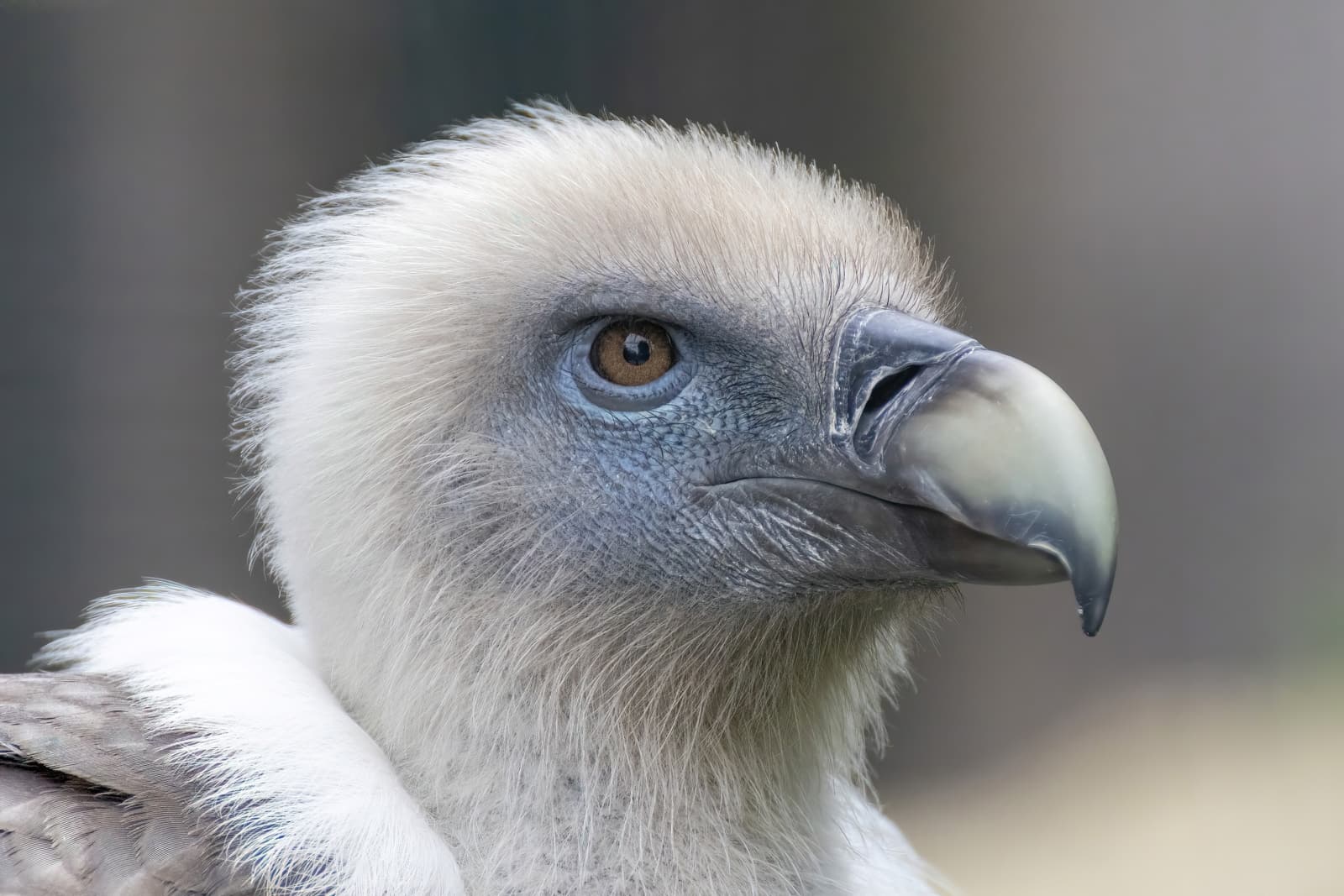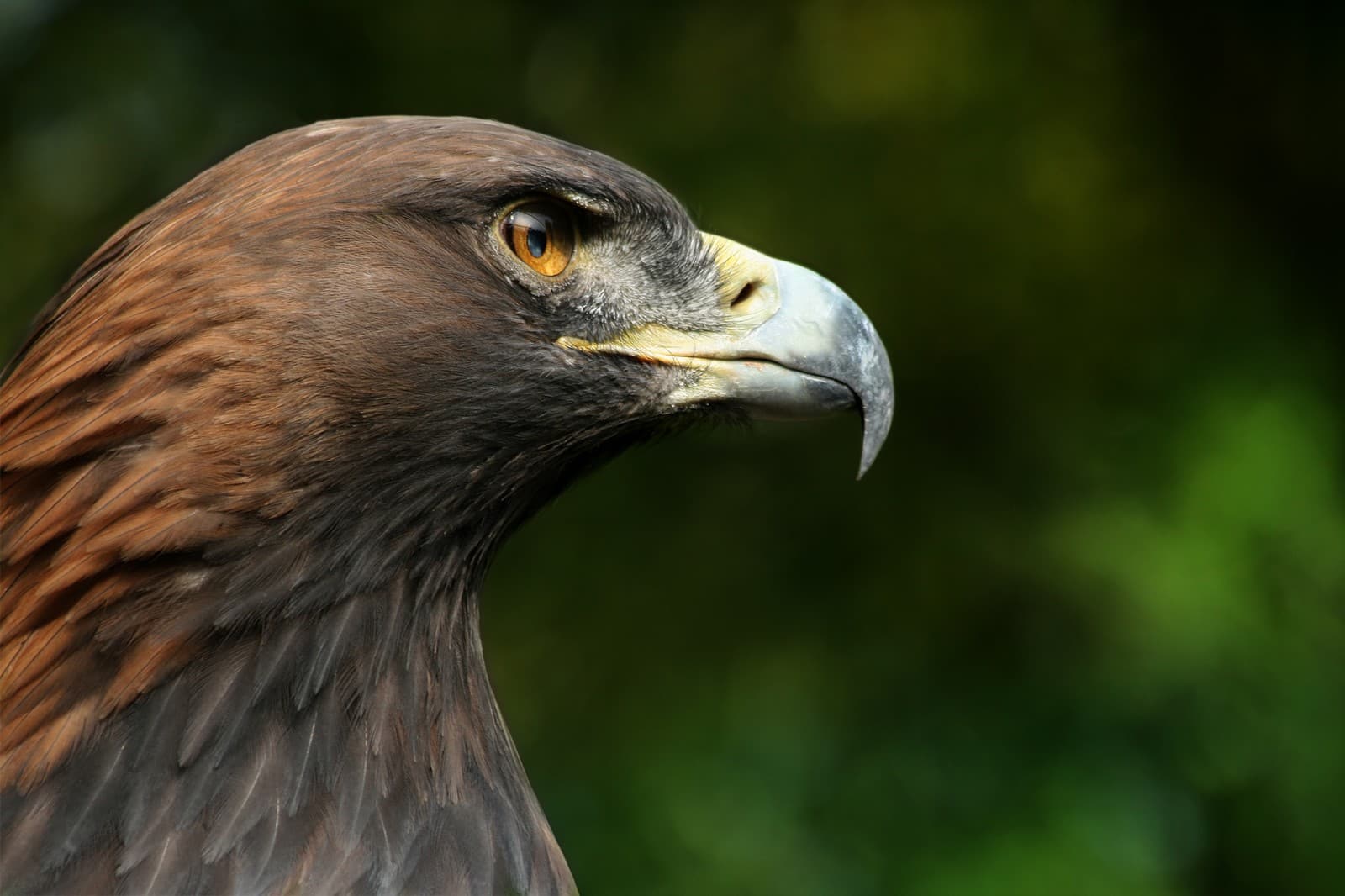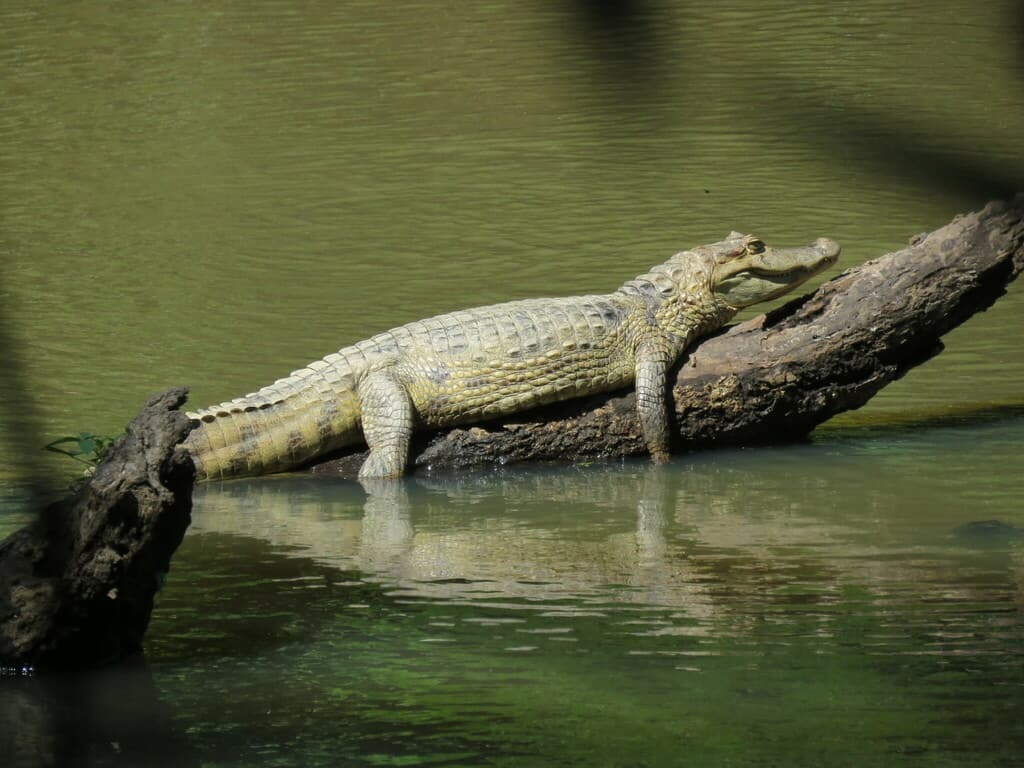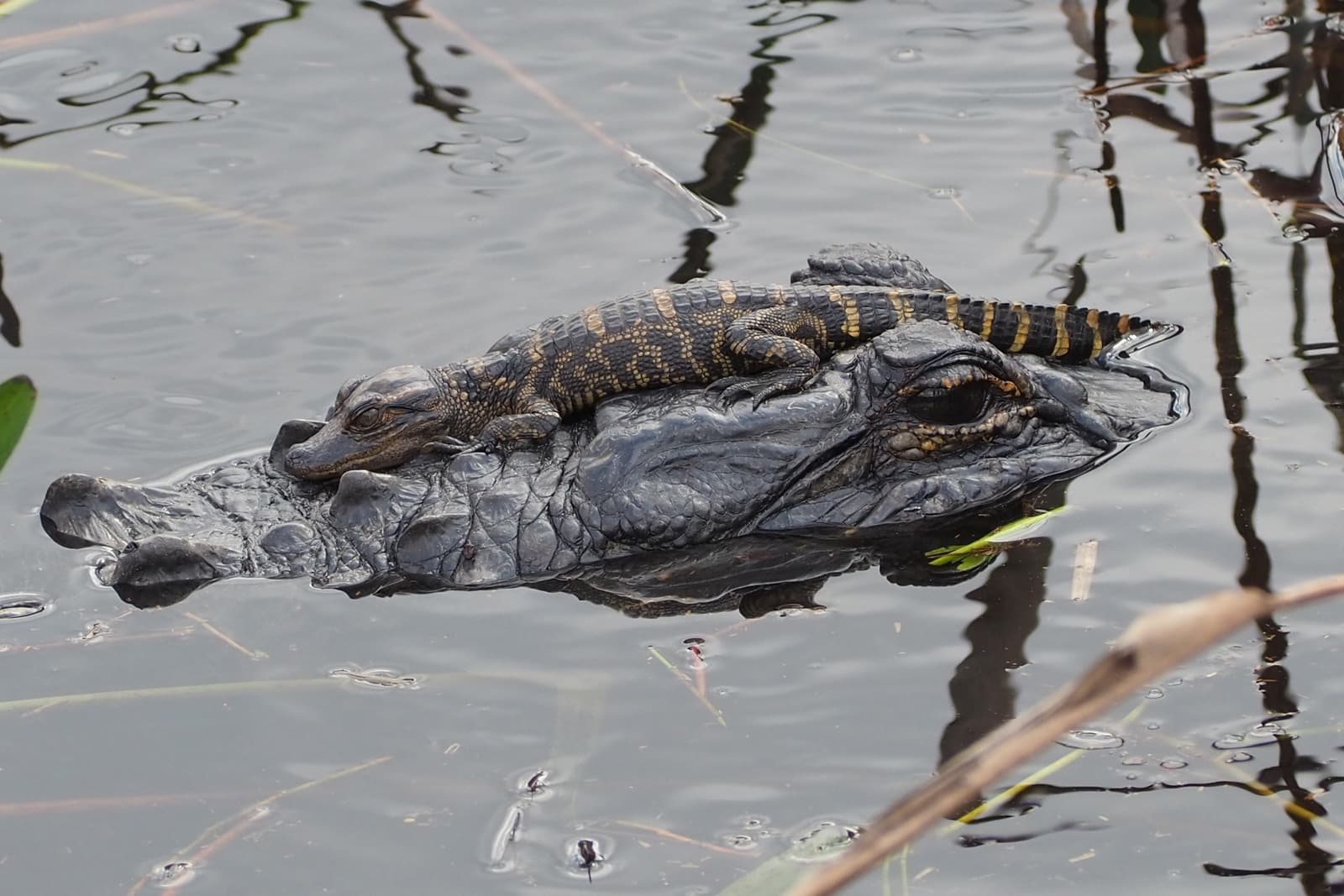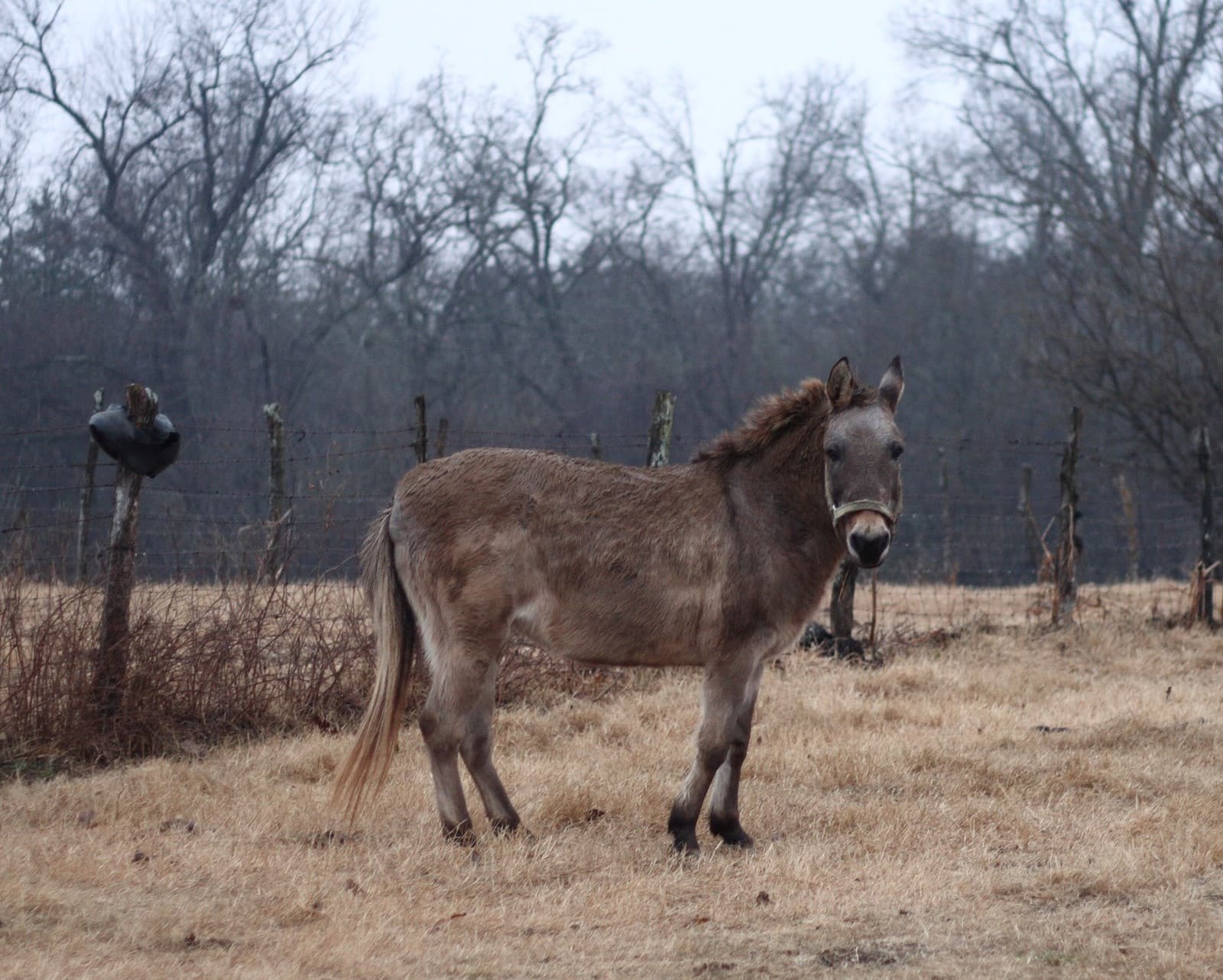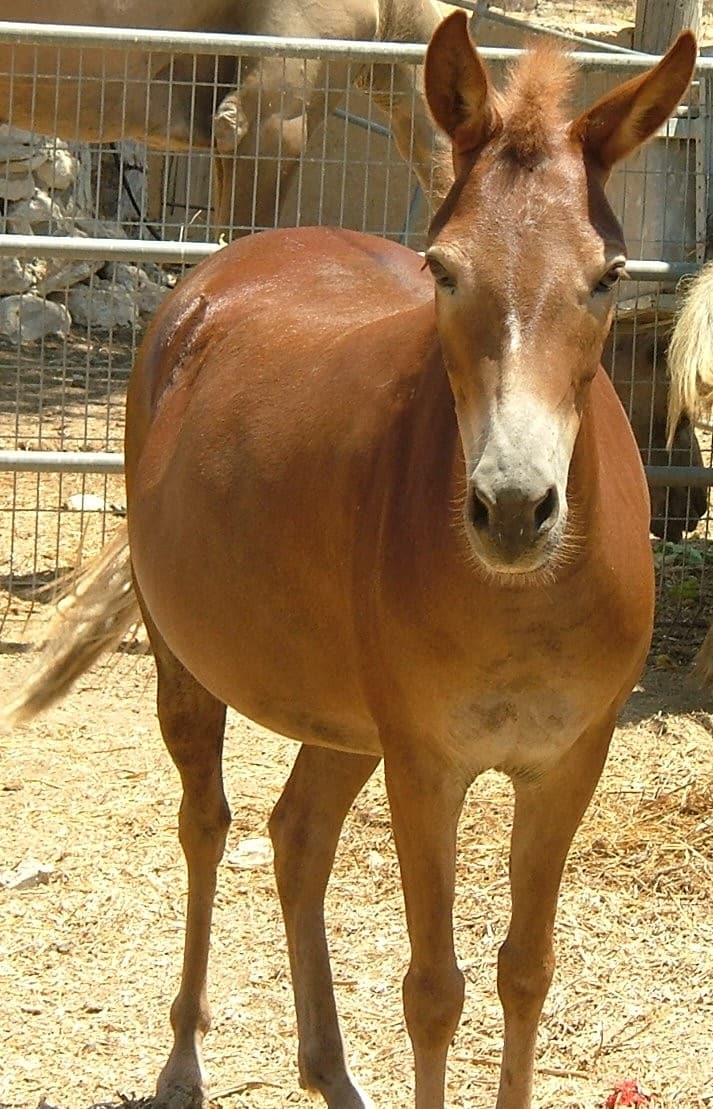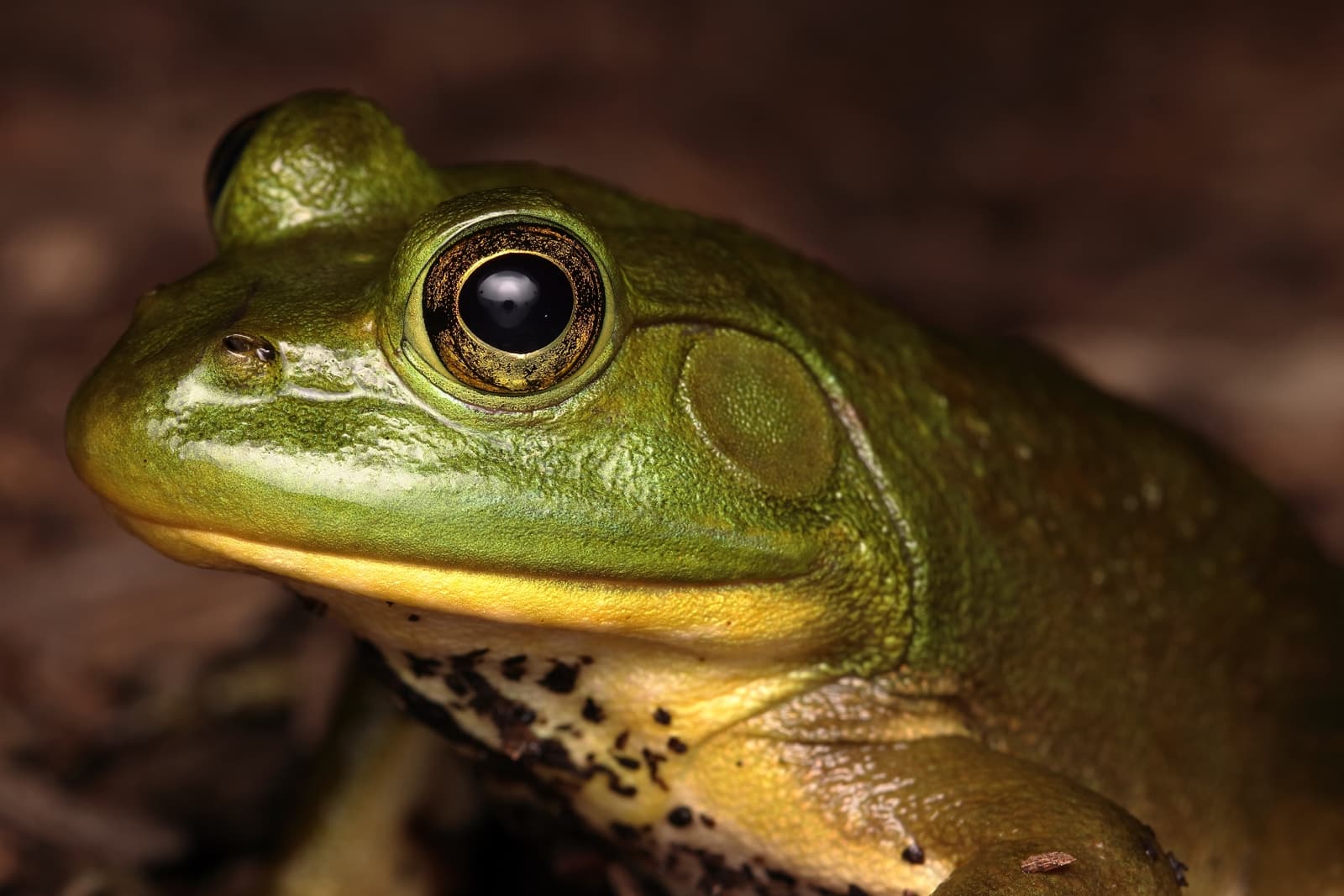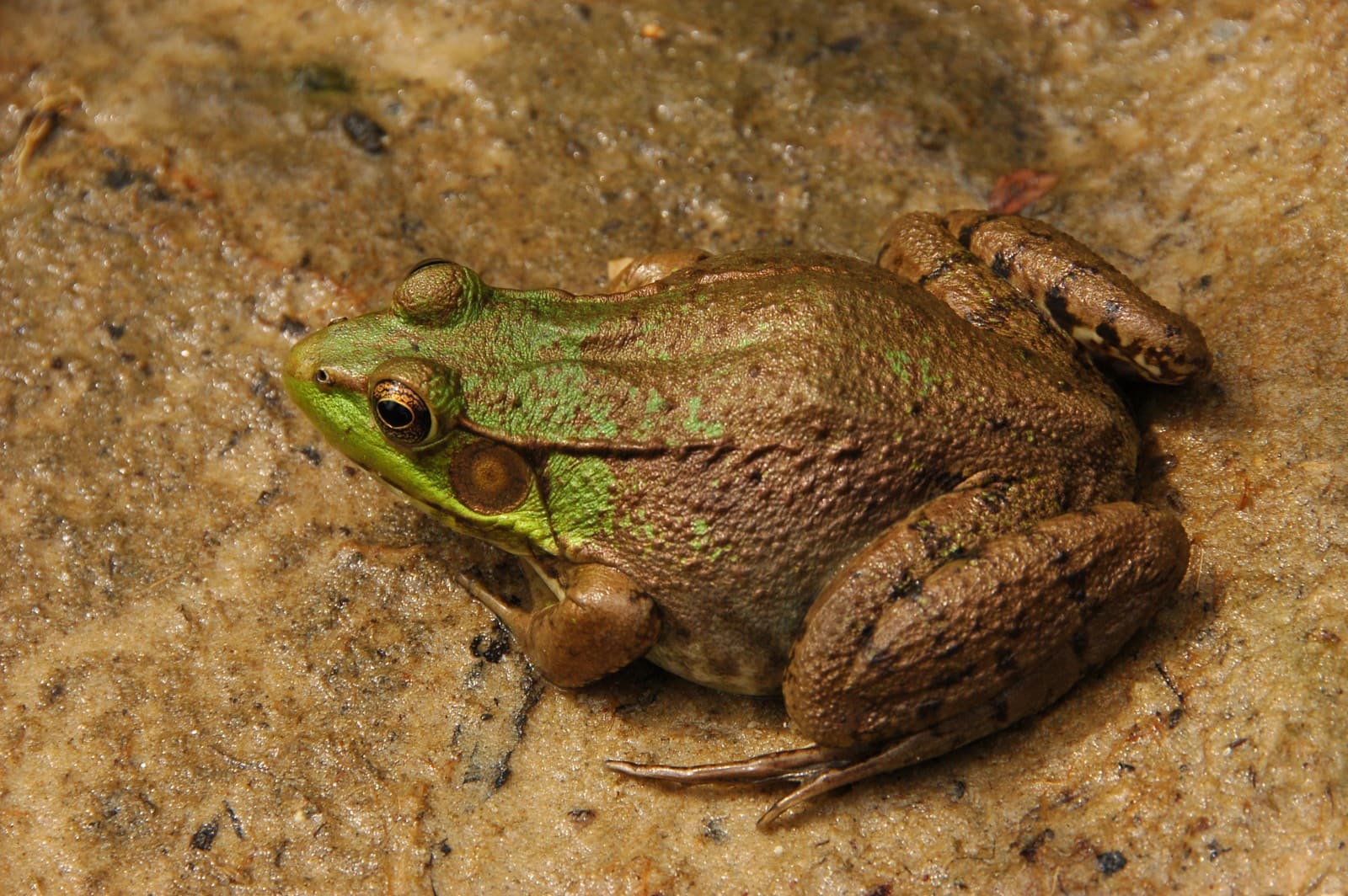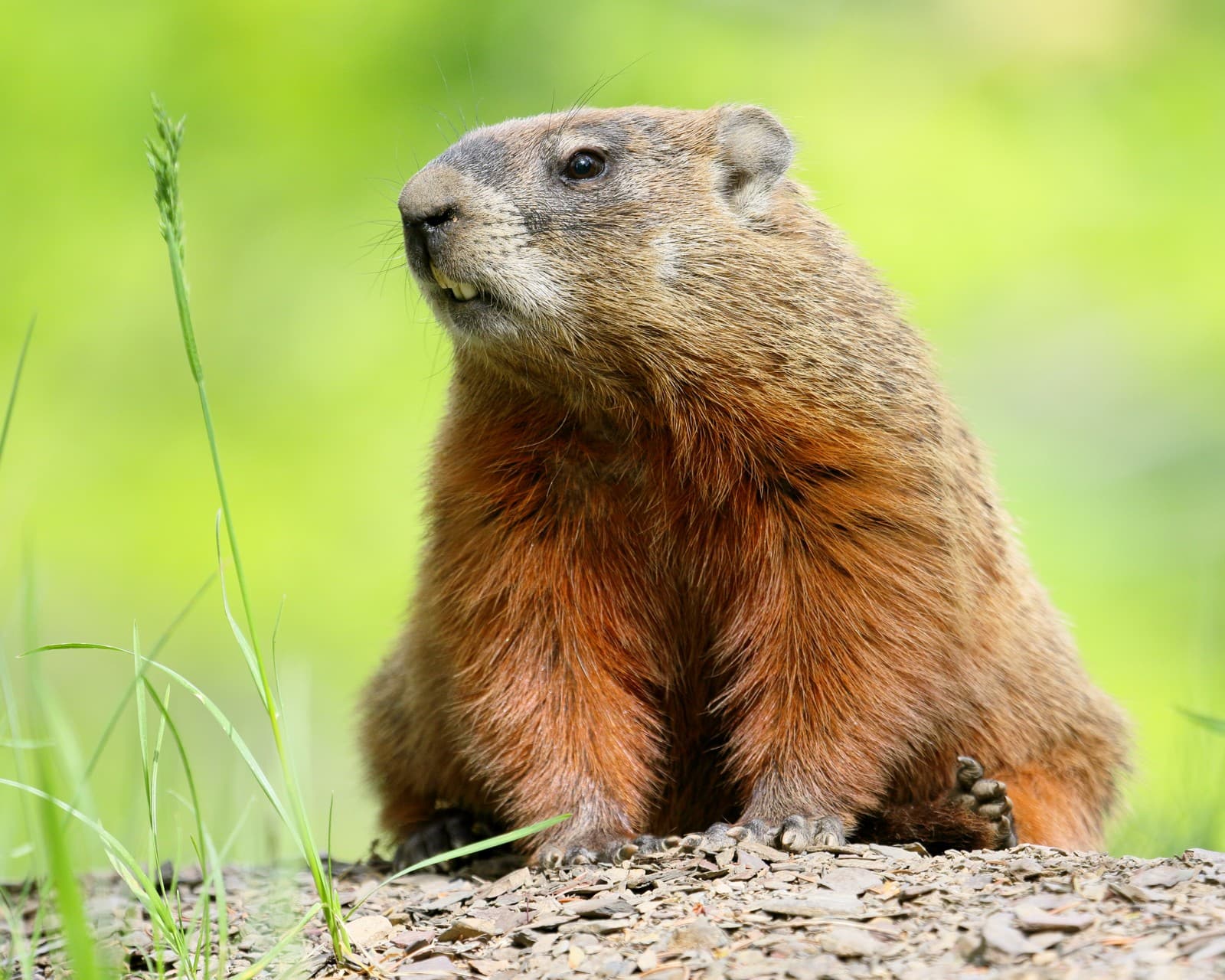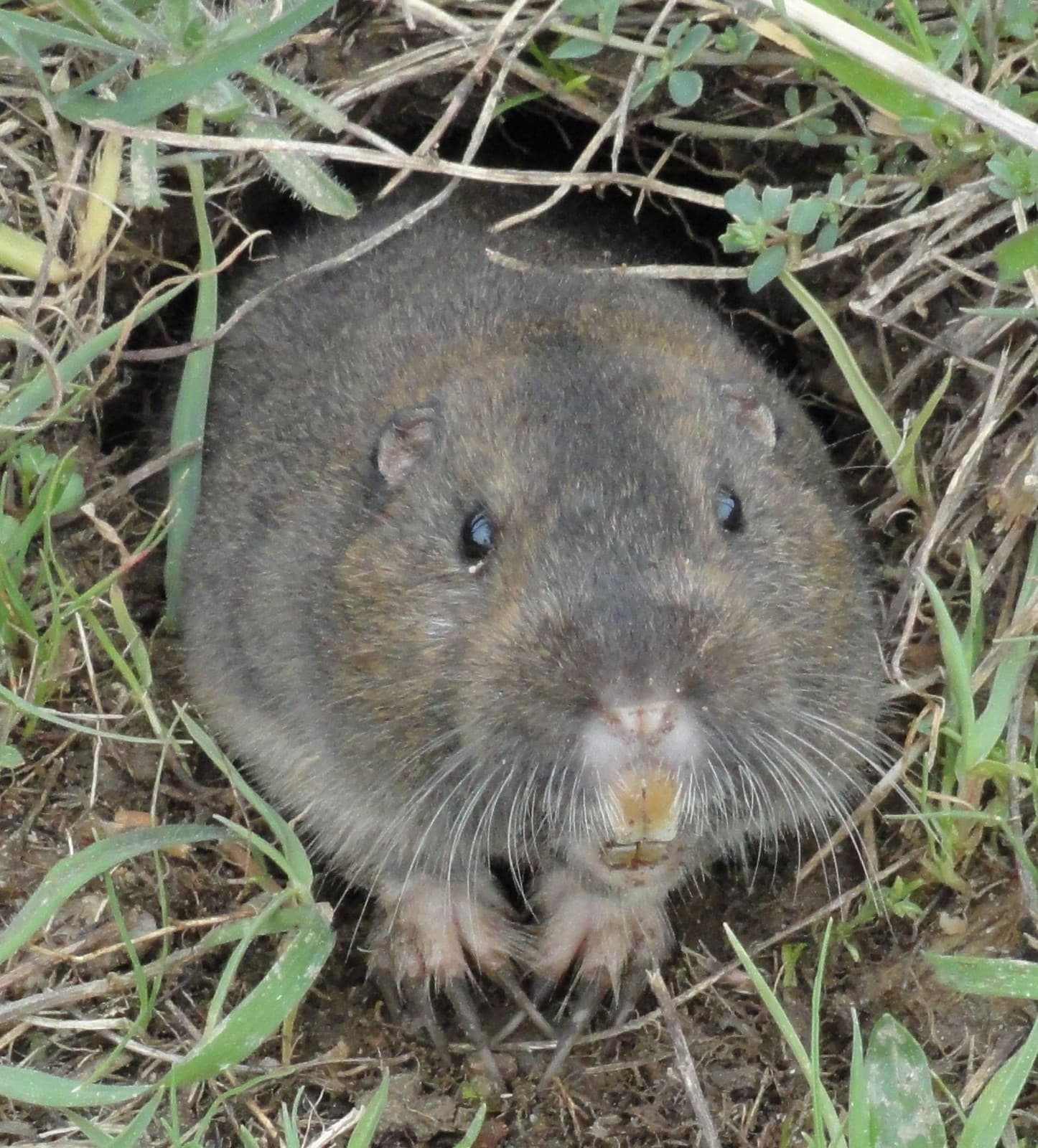Japanese Macaque vs Rhesus Macaque: A Complete Comparison
The Japanese Macaque and Rhesus Macaque, while both members of the genus Macaca, exhibit distinct adaptations that set them apart. Japanese Macaques, famous for their snow-bathing behavior, have evolved to survive in temperatures as low as -4°F (-20°C), making them the northernmost living non-human primates. In contrast, Rhesus Macaques demonstrate remarkable adaptability across various climates, thriving in environments from sea level to altitudes of 11,000 feet (3,350 meters).
These two species showcase fascinating differences in both physical characteristics and behavioral patterns. While Japanese Macaques possess thick, grayish-brown winter coats and shorter tails, Rhesus Macaques feature lighter brown fur and longer tails relative to their body size. Understanding these distinctions helps explain their unique roles in their respective ecosystems.
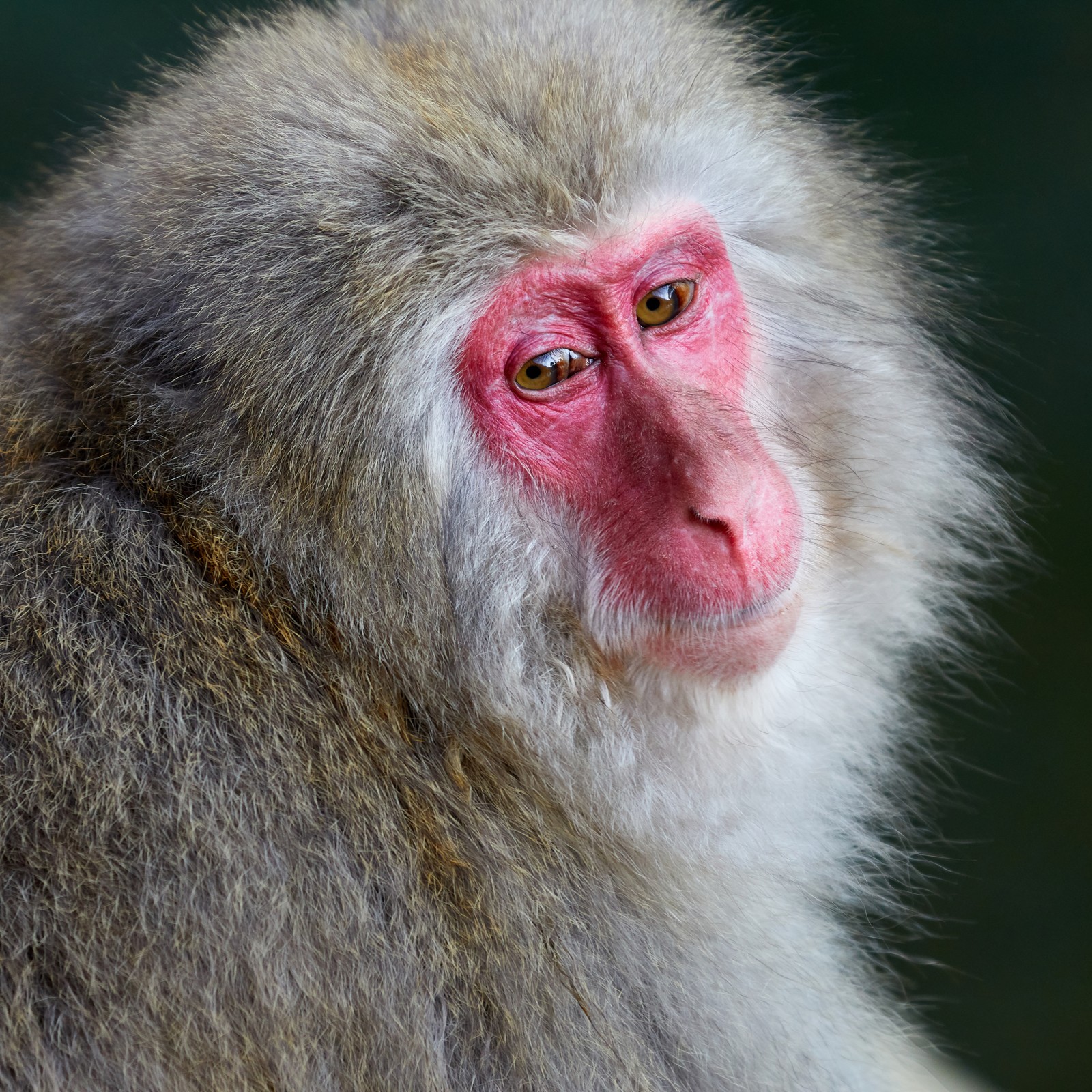
© Frank Schulenburg / CC BY-SA 4.0
The Japanese Macaque, also known as the Snow Monkey, displays remarkable cold-weather adaptations with its thick, insulating fur and compact body structure. These features enable survival in Japan’s harsh winter conditions.
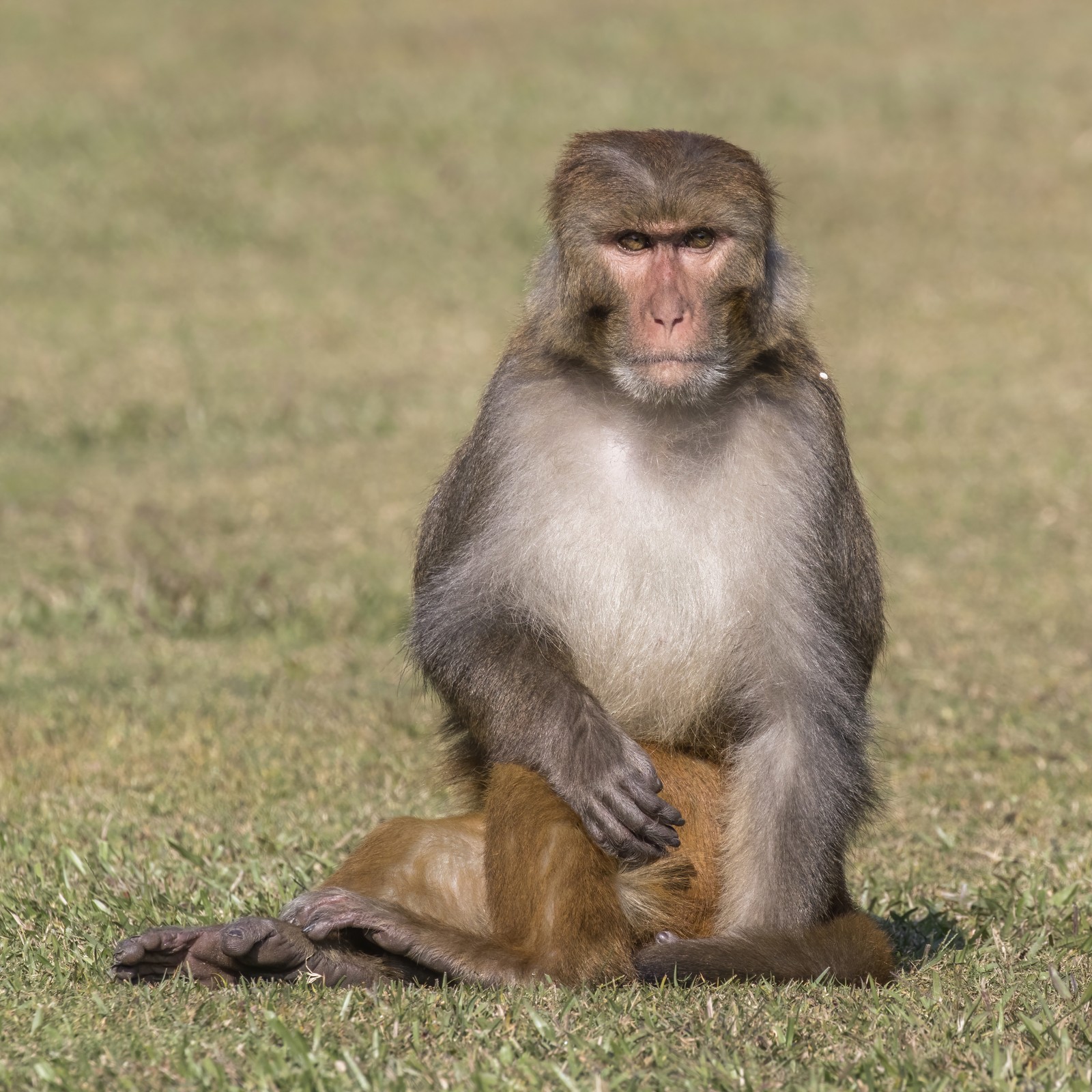
© Charles J. Sharp / CC BY-SA 4.0
The Rhesus Macaque exhibits a more streamlined build with shorter fur, reflecting its adaptation to warmer climates. Its distinctive facial coloration and expressive features are characteristic of this highly adaptable species.
Key Physical and Behavioral Differences
| Feature | Japanese Macaque | Rhesus Macaque |
|---|---|---|
| Size | 19-24 inches (48-61 cm) | 17-25 inches (43-64 cm) |
| Weight | Males: 25-35 lbs (11-16 kg) Females: 18-28 lbs (8-13 kg) | Males: 17-25 lbs (8-11 kg) Females: 12-18 lbs (5-8 kg) |
| Fur Color | Thick grayish-brown to white | Light brown to reddish |
| Habitat Range | Japanese islands | South, Southeast, and Central Asia |
| Temperature Tolerance | -4°F to 73°F (-20°C to 23°C) | 14°F to 104°F (-10°C to 40°C) |
| Social Structure | Highly hierarchical, matrilineal | Multi-male, multi-female groups |
Habitat and Distribution
Japanese Macaques are endemic to Japan, inhabiting three of the four main islands: Honshu, Shikoku, and Kyushu. They occupy various habitats from sub-tropical lowlands to sub-alpine regions, with populations famously concentrated in areas with natural hot springs.
Rhesus Macaques display remarkable geographic versatility, ranging from Afghanistan to China and down through Southeast Asia. They adapt successfully to urban environments, demonstrating exceptional behavioral flexibility in human-modified landscapes.
Behavioral Adaptations
Japanese Macaque Specializations
- Hot spring bathing behavior for thermoregulation
- Complex tool use, including washing food
- Strong seasonal dietary shifts
- Sophisticated social learning capabilities
Rhesus Macaque Adaptations
- Exceptional swimming abilities
- Highly opportunistic feeding strategies
- Advanced problem-solving skills
- Strong territorial behaviors
Social Structure and Intelligence
Both species exhibit complex social hierarchies, but with notable differences. Japanese Macaques maintain strictly matrilineal societies where females inherit their mother’s rank. Rhesus Macaques organize themselves into multi-male, multi-female groups with separate male and female hierarchies.
Conservation Status and Threats
While neither species is currently endangered, both face increasing pressure from habitat loss and human conflict. Japanese Macaques contend with forest fragmentation and agricultural conflicts, while Rhesus Macaques face challenges from urbanization and human-wildlife conflict in populated areas.
Who Would Win in a Confrontation?
In a theoretical encounter, Rhesus Macaques typically demonstrate more aggressive territorial behavior, but Japanese Macaques possess a size advantage. The outcome would likely depend on environmental conditions, with Japanese Macaques having an edge in cold environments and Rhesus Macaques in warmer conditions.
Both species avoid direct confrontation in natural settings, preferring to maintain separate territories and social groups. Their success lies not in physical confrontation but in their remarkable adaptability to their respective environments.
